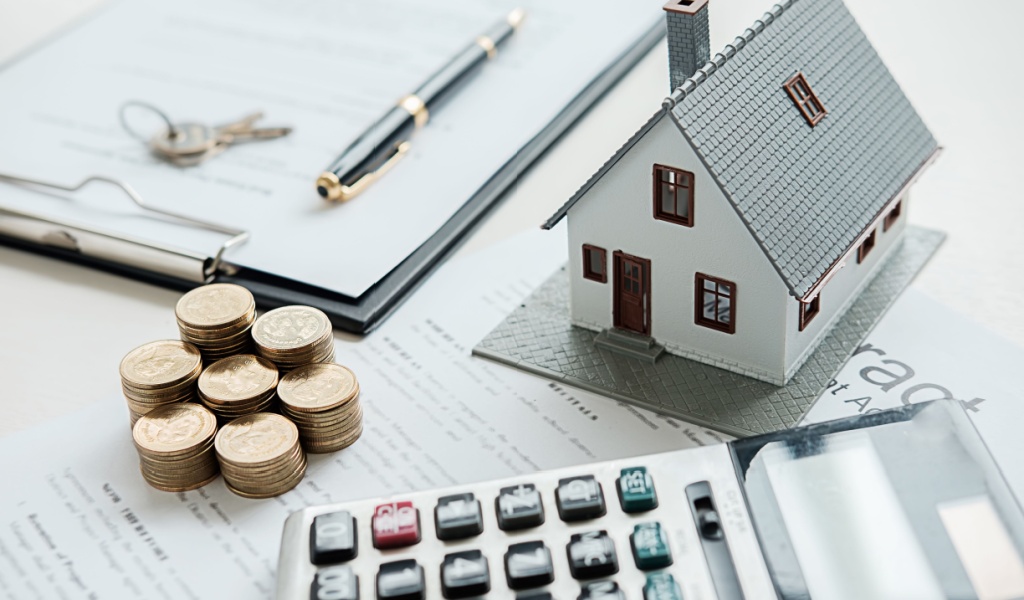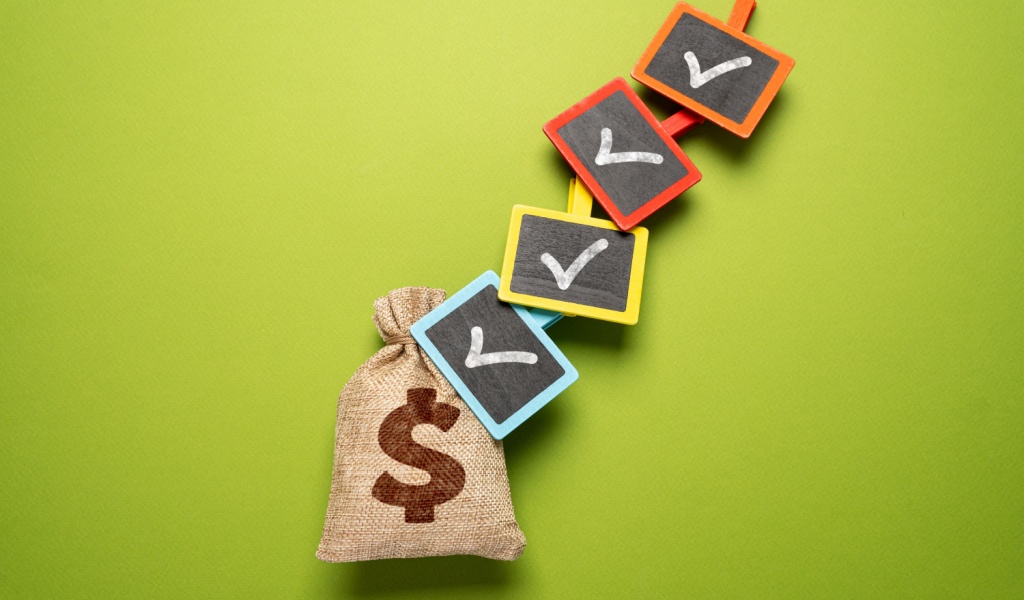All set to buy a new house this year? Are you aware of the hidden costs of buying a home? Here’s a little heads-up for you.
Buying a home is a huge milestone, showing stability, independence, and understanding personal dreams. However, with the excitement of finding the perfect property lies a financial commitment with hidden costs that can surprise even the most prepared buyers. As we progress through 2024, we must discover and understand these hidden costs to ensure a smooth shift into homeownership and long-term financial security.

Closing Expenses
Closing charges are usually the first set of unexpected expenses that homebuyers come across. These expenses generally range from 2% to 5% of the home’s buying price and include many fees such as:
- Home inspection fees: Important for finding any possible issues with the home’s structure, systems, or safety.
- Appraisal fees: Creditors need an appraisal to measure the property’s fair market value.
- Attorney fees: Legal services are often required to review contracts and ensure all paperwork is in order.
- Title insurance: Protects the buyer and lender from any legal conflicts regarding the ownership of the property.
These payments are made at the closing of the real estate deal, in addition to the down payment and mortgage. They can differ based on the property’s location, local rules, and the complexity of the business deal.
Homeowners Insurance
Homeowners insurance is necessary to protect your investment in unexpected situations such as fire, robbery, or natural disasters. Most mortgage lenders need homeowners to have insurance until the mortgage is fully paid off. The main factors of homeowners’ insurance include:
- Type of coverage: Policies can differ in coverage choices and exclusions, so it is vital to carefully review and compare policies.
- Deductibles: Homeowners may choose a higher deductible to lower their premiums, but they should be ready to cover more of the expenses out-of-pocket in the event of a claim.
- Premiums: Insurance premiums are affected by factors such as the home’s location, age, construction type, and the selected coverage amount.
Shopping around for insurance prices and understanding policy details can help homeowners find suitable coverage at a competitive value.
Property Taxes
Property taxes are an ongoing cost for homeowners and generally differ depending on the property’s location and assessed value. These taxes are collected by the local government and fund services such as roads, schools, and emergency services. Factors affecting property tax charges include:
- Location: Taxes can vary between countries, states, and even neighborhoods within the same city.
- Tax assessments: Properties are occasionally reexamined to find out their present market value, which can influence tax charges.
- Home value: Higher-valued properties usually pay higher property taxes.
Understanding property tax requirements is paramount for budgeting and financial planning, especially when moving to a new area or buying a home with a noteworthy change in the assessed value.
Repairs and Maintenance
Owning a house means taking charge of maintaining its condition and looking into repairs when necessary. While tenants generally depend on landlords for maintenance issues, homeowners must budget for ongoing repairs and maintenance, including:
- Unexpected repairs: Emergencies like roof leaks, burst pipes, or appliance breakdowns can happen suddenly and need instant attention.
- Routine maintenance: Repetitive household tasks such as gutter cleaning, lawn care, and HVAC system servicing.
- Renovations and improvements: In addition to repairs, homeowners often undertake renovations to update old-fashioned structures or customize their living spaces.
Budgeting for maintenance and repairs is essential to avoid financial stress and maintain the home’s value over time. Many financial advisors recommend keeping aside 1% to 4% of the home’s value yearly for maintenance expenses.

Communal and Social Costs
Living in a new neighborhood often requires joining in on community activities, social events, and local services. While these elements contribute to the quality of life and sense of belonging, they can also have added costs, including:
- Community memberships: Charges for joining local clubs, gyms, or entertainment services.
- Local services: Costs for dining out, shopping locally, or using nearby facilities such as childcare, pet care, or home maintenance specialists.
- Social events: Costs related to joining neighborhood gatherings, block parties, or fundraising events.
Engaging with the local community can enhance the homeowners’ experience but should be added to the total budget to ensure financial stability.
Renovations and Upgrades
One of the joys of homeownership is the ability to customize and upgrade your house according to your liking and lifestyle. Renovations and upgrades can vary from cosmetic improvements to major renovation plans, such as:
- Open-air spaces: Landscaping, deck or yard fittings, and gardening plans to improve outdoor living areas.
- Kitchen and bathroom upgrades: Upgrading outdated structures to improve appearance and functioning.
- Energy efficiency developments: Fitting solar panels or replacing windows and doors to cut energy costs and environmental influence.
While these plans can boost enjoyment and increase the home’s resale price, they come with added expenses and should be carefully planned and budgeted for.
Managing Regular Bills
Homeowners must budget for monthly utilities and possibly homeowners’ association (HOA) fees apart from the initial buying and ongoing property-related expenses. Common utility expenses include:
- Water and sewer: Monthly fees for water and waste removal services.
- Internet and cable: Communication services are important utilities that add up to the monthly bill for many homeowners.
- Gas and electricity: Expenses can change seasonally and also depending on the home’s size, energy efficiency, and climate.
HOA fees, if relevant, cover shared community facilities and maintenance services such as landscaping, snow removal, or building upkeep. These fees can change depending on the community and the services provided.
Furniture and Décor
Moving into a new house often includes buying furniture, appliances, and decorations to furnish and customize the place. These expenses can differ depending on personal choices, current fittings, and the size of the home. Common costs include:
- Appliances cost: Basic appliances like stoves, refrigerators, dishwashers, and washing machines.
- Furniture cost: Necessary items such as beds, sofas, dining sets, and storage methods.
- Decor and accessories cost: Rugs, curtains, lighting fittings, artwork, and decorative items to customize every room.
Budgeting for these costs early can help new homeowners manage their finances and create a comfortable living atmosphere that reflects their style and liking.
In Conclusion
Buying a home is an important financial decision that needs careful planning and consideration of visible and hidden expenses. From closing costs and ongoing maintenance to property taxes and renovations, potential homeowners can direct the difficulties of homeownership with assurance and financial security by understanding and preparing for these costs early.
Learning about these financial realities in 2024 and beyond will allow buyers to make informed decisions, protect their investments, and enjoy the advantages of owning a home for years to come. While each home-buying journey is different, early financial planning and budgeting ensure homeowners manage their costs successfully and create a steady foundation for their future.



